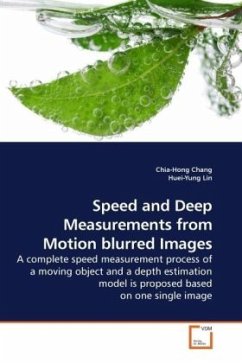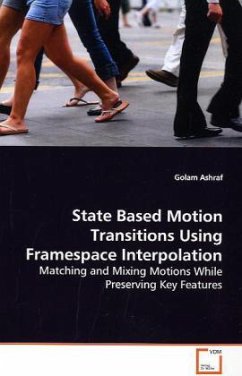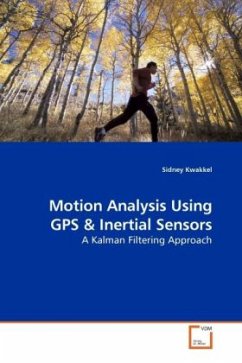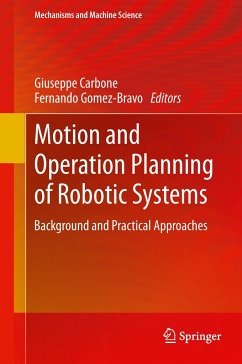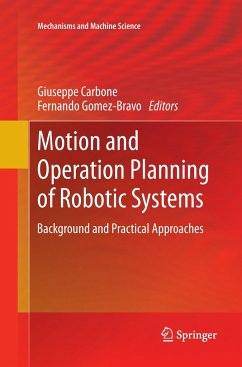
Motion and Sensing in Electrosensory Systems
Investigating Sensor-Based Control in Electrosensory-Endowed Fish and Robots
Versandkostenfrei!
Versandfertig in 6-10 Tagen
52,99 €
inkl. MwSt.

PAYBACK Punkte
26 °P sammeln!
I have chosen electrosensory systems as a platformto explore sensing and control in both artificial andbiological systems. In particular,active electrolocation is investigated, where thetask is to estimate the location of a target usingmeasurements from a self-generated electric field.The fundamentals of electrolocation are describedfirst with a finite-element numerical approximationof the governing equations, and then simple modelsare used to predict electrosensory observations.Several belief maintenance schemes are employed tofuse sensor data and explicitly account foruncertainties in the po...
I have chosen electrosensory systems as a platform
to explore sensing and control in both artificial and
biological systems. In particular,
active electrolocation is investigated, where the
task is to estimate the location of a target using
measurements from a self-generated electric field.
The fundamentals of electrolocation are described
first with a finite-element numerical approximation
of the governing equations, and then simple models
are used to predict electrosensory observations.
Several belief maintenance schemes are employed to
fuse sensor data and explicitly account for
uncertainties in the position of the target. In the
biological realm, a protocol for simulating the
sensory acquisition and belief maintenance during
prey-capture behavior in the weakly electric fish was
developed. Using these simulations optimal sensing
was investigated, and results provide insight into
the interdependencies and co-evolution of sensing and
motion systems of the weakly electric fish. In the
artificial realm, an electrosensory robot capable of
actively locating underwater targets by measuring
perturbations in a self-generated electric field was
built.
to explore sensing and control in both artificial and
biological systems. In particular,
active electrolocation is investigated, where the
task is to estimate the location of a target using
measurements from a self-generated electric field.
The fundamentals of electrolocation are described
first with a finite-element numerical approximation
of the governing equations, and then simple models
are used to predict electrosensory observations.
Several belief maintenance schemes are employed to
fuse sensor data and explicitly account for
uncertainties in the position of the target. In the
biological realm, a protocol for simulating the
sensory acquisition and belief maintenance during
prey-capture behavior in the weakly electric fish was
developed. Using these simulations optimal sensing
was investigated, and results provide insight into
the interdependencies and co-evolution of sensing and
motion systems of the weakly electric fish. In the
artificial realm, an electrosensory robot capable of
actively locating underwater targets by measuring
perturbations in a self-generated electric field was
built.




